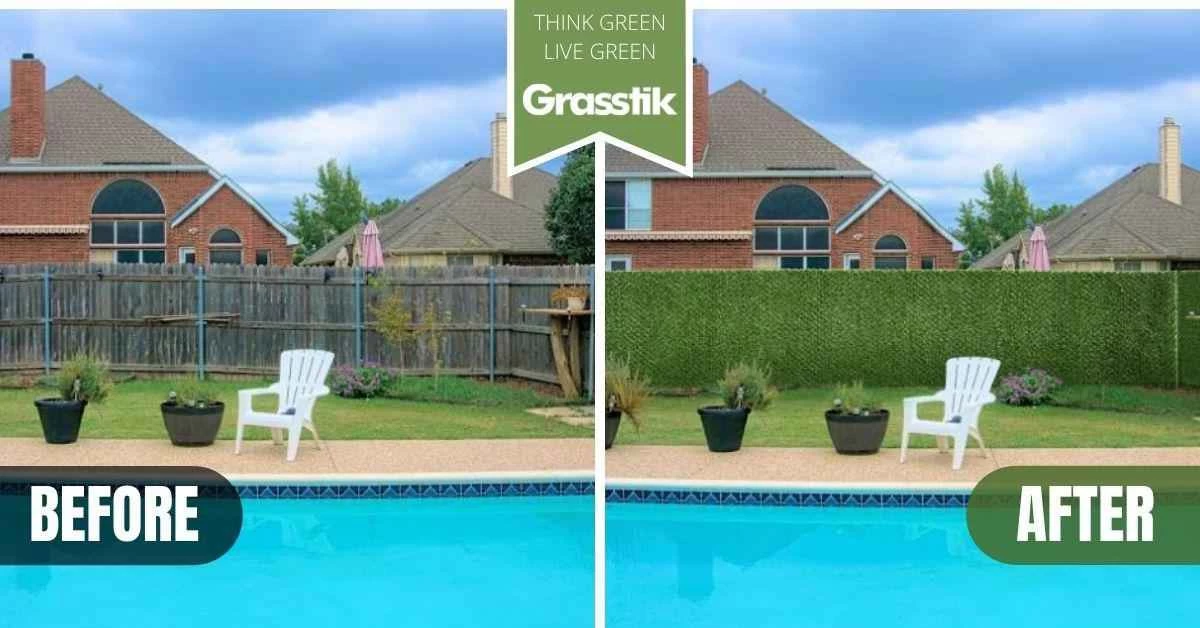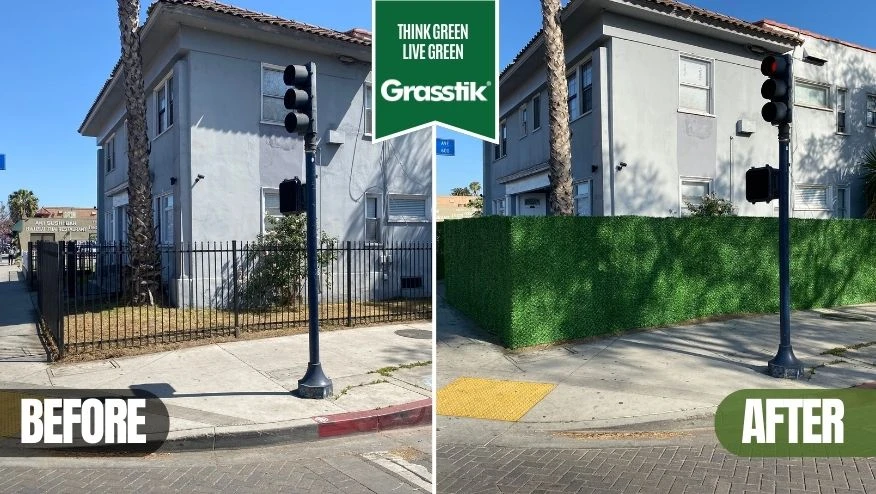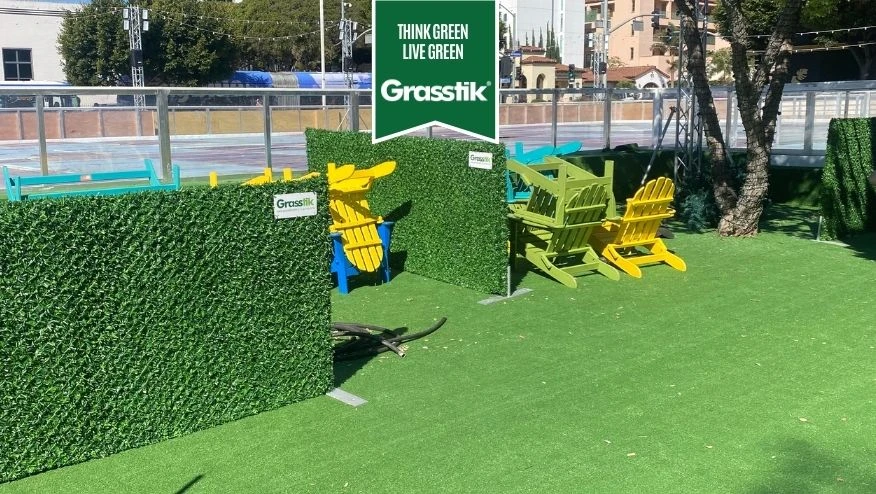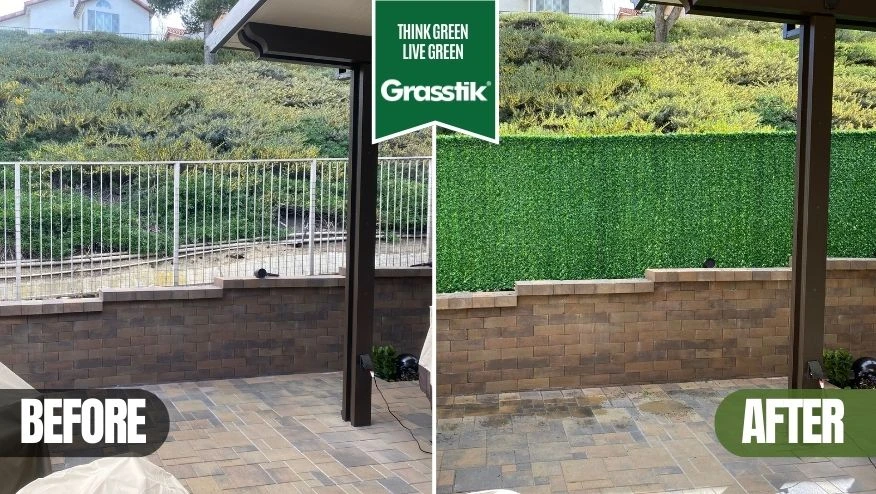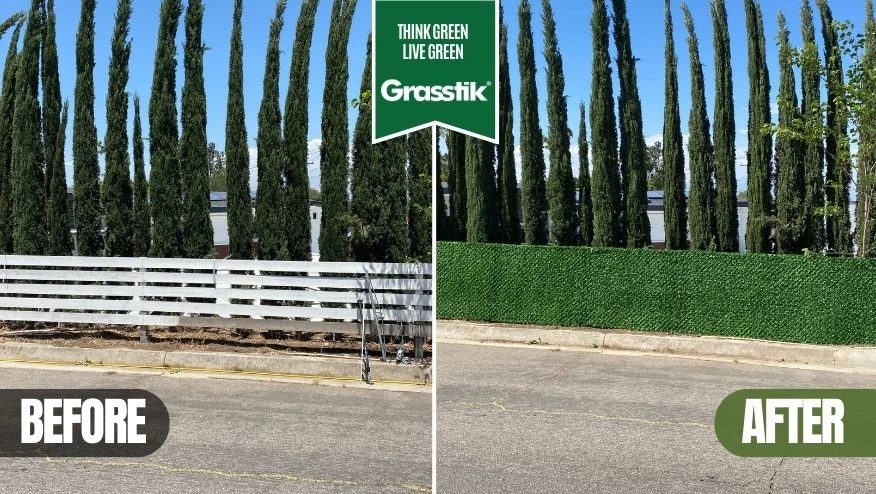
Making a fence more secure involves enhancing its ability to deter, delay, and detect unauthorized access or intrusion. Security in this context refers to the fence's effectiveness in preventing unauthorized entry, protecting property, and ensuring the safety of its occupants. Enhancements can range from physical modifications to integrating technology for surveillance and detection. This holistic approach combines strengthening the physical structure, adding deterrent features, and ensuring regular maintenance and monitoring to address potential vulnerabilities. Secure and grass fences, though potentially distinguished by specific features, ultimately converge in purpose, aiming to establish a defined and controlled boundary.
What is a Security Fence?
A security fence is designed to protect a property by creating a robust physical barrier that deters, delays, and detects intrusions. To qualify as a security fence, it must possess several key features:
- Height: Tall enough to prevent easy climbing.
- Materials: Durable and difficult to cut through.
- Design: Minimizes potential handholds and footholds.
- Perimeter fences enhancements like anti-climb spikes, barbed wire, or rotating tops to deter overtopping.
- Visibility: Allows for surveillance while maintaining a physical barrier.
These elements work together to create a formidable barrier that enhances the security of a property.
How to Install Security Fence?
Installing security fencing, including temporary security fencing, involves a series of steps to ensure effectiveness and durability:
- Planning: Assess the perimeter to determine the length, terrain, and specific security requirements.
- Selection: Choose the appropriate materials and design based on the security needs.
- Foundation: Dig post holes and set posts securely in concrete to ensure stability.
- Assembly: Attach fencing panels to posts, ensuring they are secure and aligned.
- Reinforcement: Add reinforcements like cross beams or anti-climb measures.
- Inspection: Check for gaps, stability, and potential weaknesses.
Proper installation is crucial to ensure the fence performs as intended, providing a durable and reliable barrier.
What is the Best Fence for Security?
The best security fence for homes or properties combines durability, height, and deterrent features effectively. Metal fences, such as wrought iron or steel, are often considered the best due to their strength, durability, and difficulty to breach. Advantages include longevity, resistance to tampering, and the ability to integrate additional security features like spikes or electronic surveillance. Disadvantages may include cost, maintenance requirements, and potentially imposing appearance. However, the right design can provide both security and aesthetic appeal, making it a worthwhile investment for enhanced protection.
High-Security Fencing Options
- Metal Fences: Metal fences are highly durable and offer superior protection. Ideal for high-security areas, they can be customized with anti-climb features.
- Wooden Privacy Fences: While offering privacy, they can be reinforced with metal inserts for added security.
- Vinyl Fences: Vinyl fencing provides a balance between security and aesthetics, resistant to weather and tampering.
- Artificial or Real Grass Privacy Fences: These innovative fencing options use either lifelike artificial grass or support the growth of real grass, providing a natural-looking barrier that enhances both privacy and security. They blend seamlessly with the landscape, offering a unique aesthetic without compromising on protection.
What are the Specifications of a Security Fence?
The security fencing specifications ensure it meets the required standards for protection, durability, and effectiveness. These features typically include:
- Height: Generally, 6 feet or taller to deter climbing.
- Material Strength: Capable of resisting cutting, breaking, or bending.
- Visibility: Allows for surveillance while obstructing unauthorized entry.
- Access Control: Integrated gates with secure locking mechanisms.
- Security fencing types vary, with specifications tailored to the intended use, from residential to high-security installations.
What are Security Fences Made Of?
Security fences are made from materials chosen for their durability, strength, and resistance to tampering:
- Steel: Highly durable and resistant to damage, ideal for high-security areas.
- Aluminum: Lightweight yet strong, offering a balance between security and aesthetics.
- Wood: Offers privacy but requires additional features for security.
- Vinyl: Maintenance-free and durable, with a clean appearance.
- Chain Link: With additional security features, it can provide effective perimeter protection.
How to Make Chain Link More Secure?
To secure a fence effectively, especially chain link, incorporating additional materials and features is essential for enhancing its security. For instance, integrating grass fence panels or durable, thicker gauges of wire can make the fence more resilient against cutting or climbing. Additionally, installing secure locking mechanisms and reinforcing the base of the fence can prevent unauthorized entry, making the chain link fence a more robust barrier against potential security threats.
Grasstik, an innovative artificial grass chain link fence solution, offers both privacy and security enhancements. It features a galvanized wire core coated with green PVC material, which not only strengthens the fence but also provides a visually appealing, privacy-enhancing green barrier. This dual functionality makes Grasstik an excellent choice for those looking to secure a fence while maintaining or enhancing the aesthetic appeal of their property. By obscuring visibility into the area it encloses, Grasstik deters potential intruders, adding an extra layer of privacy and security to the any fence.

